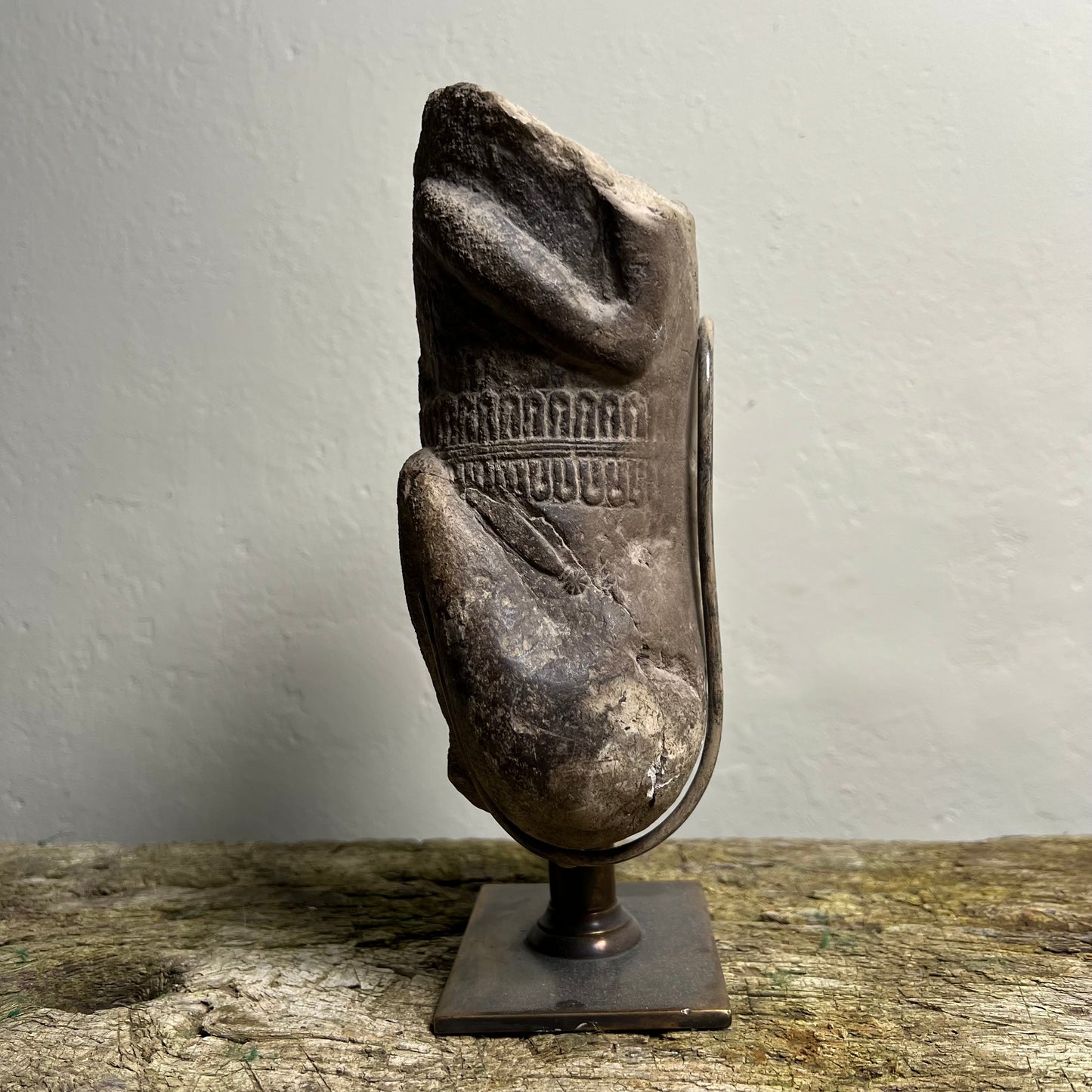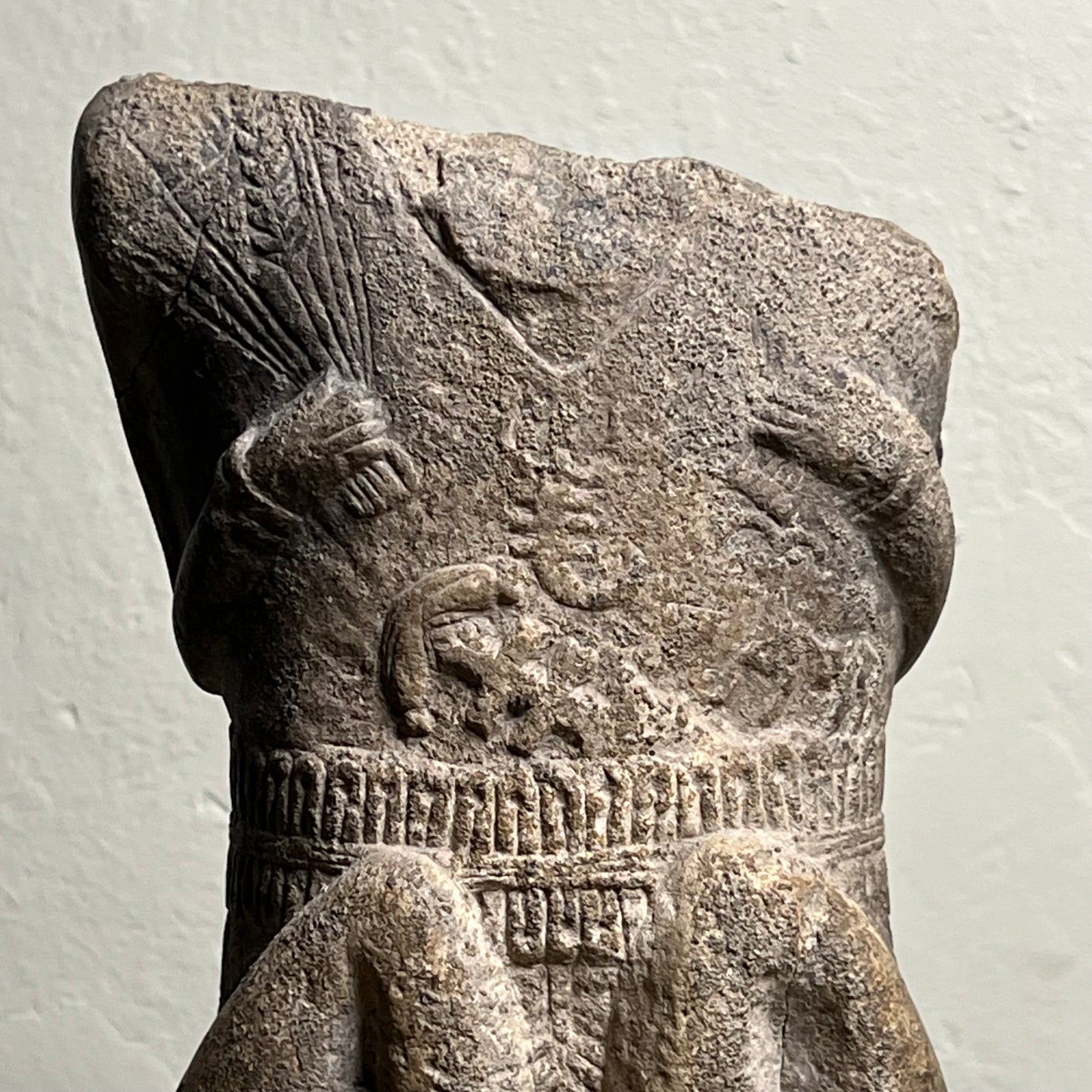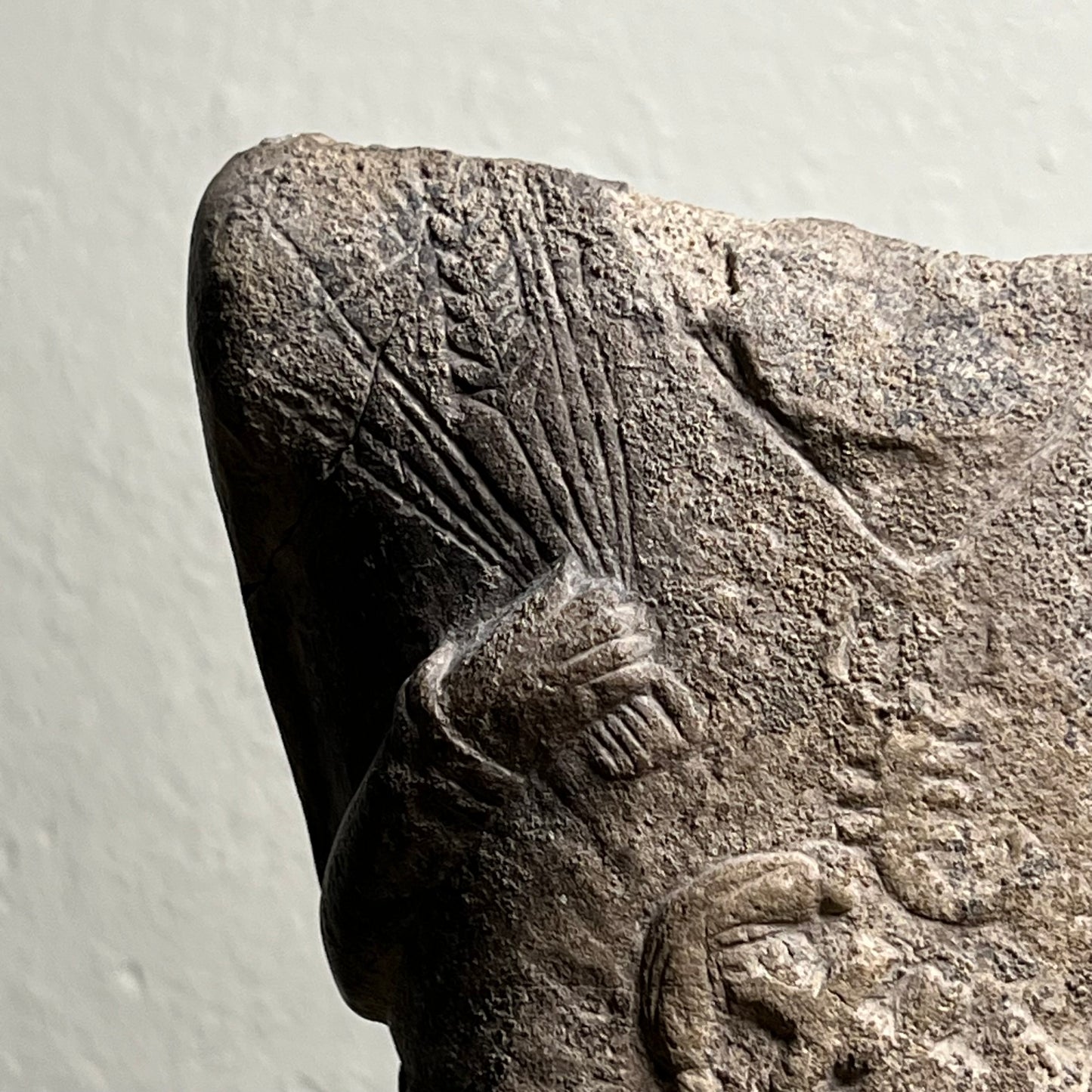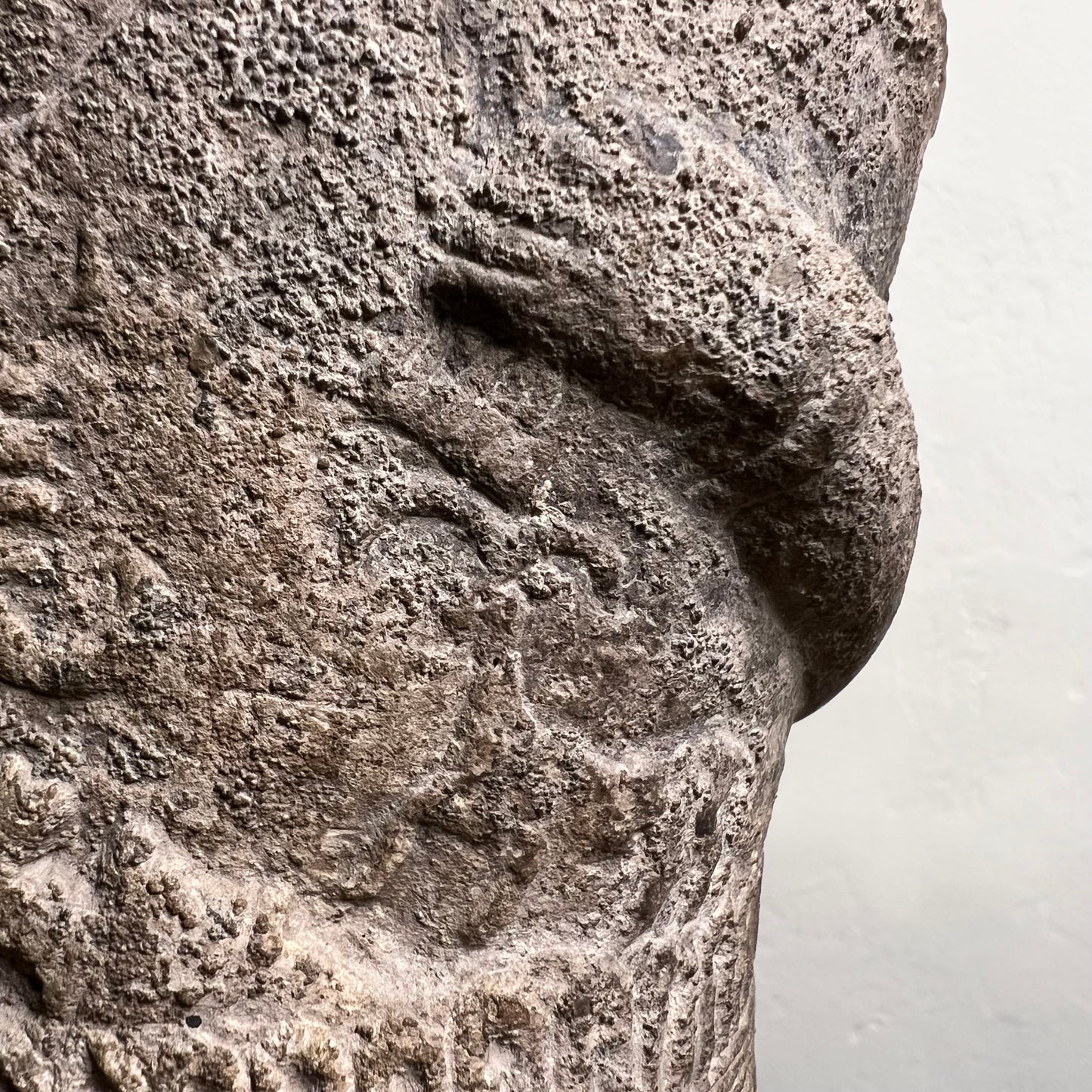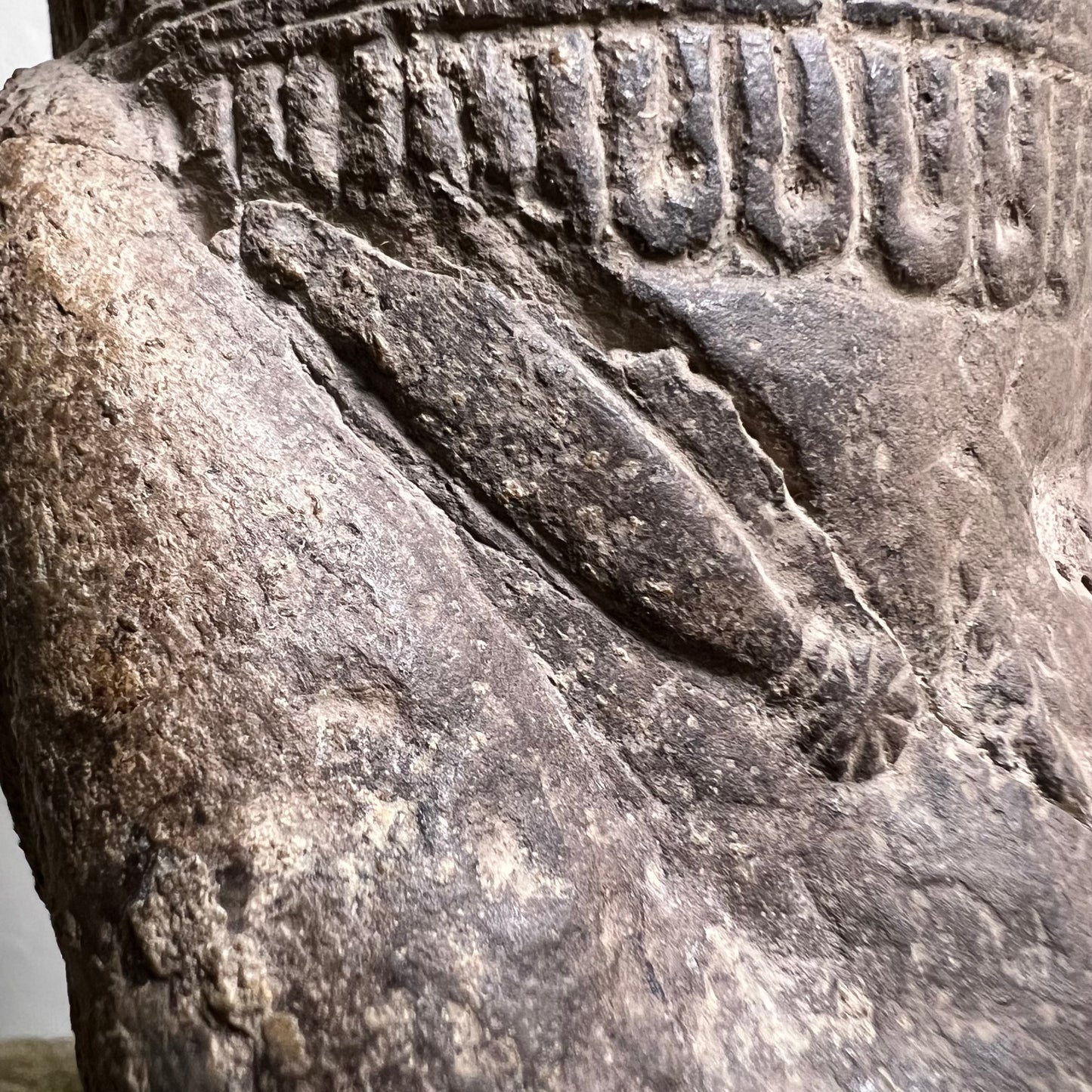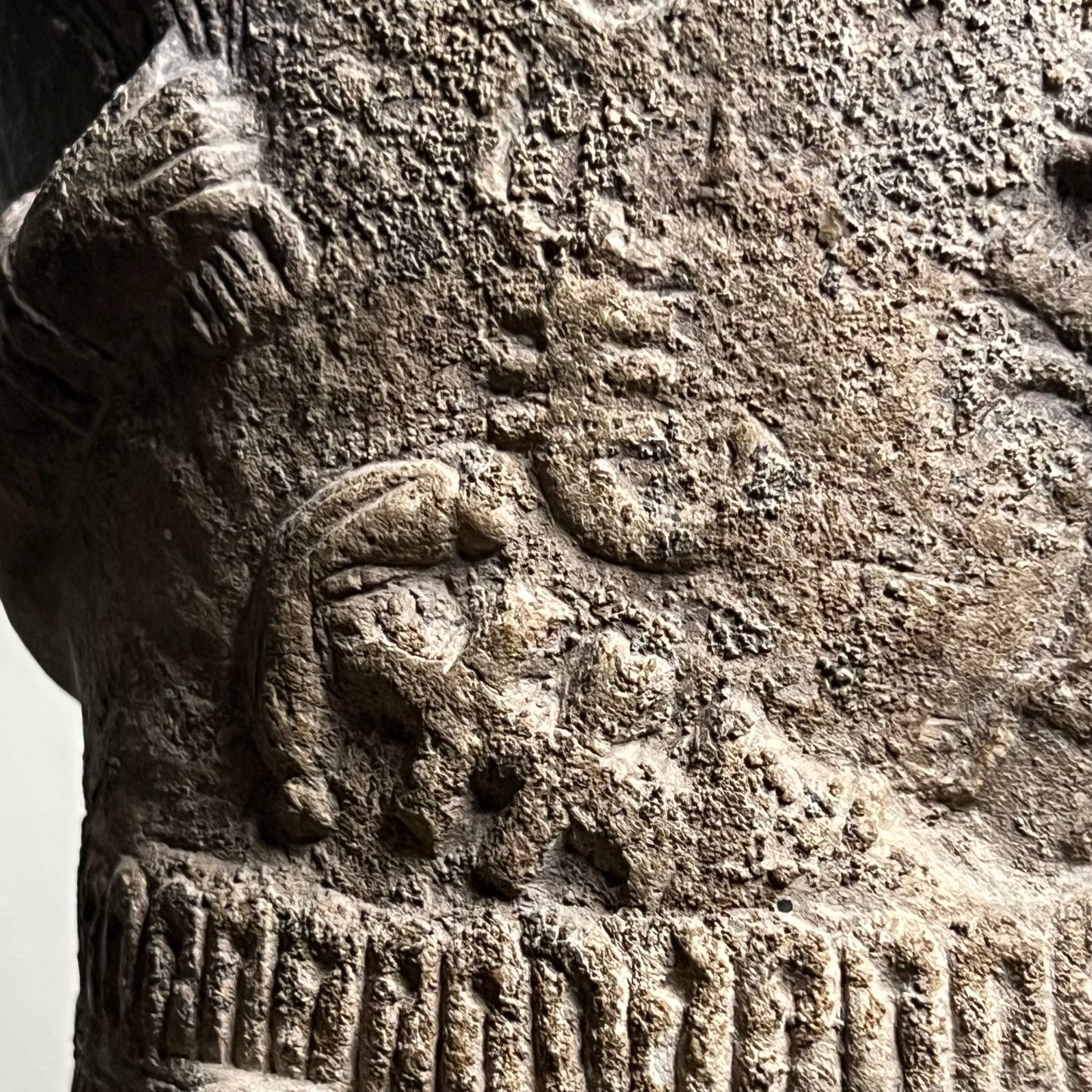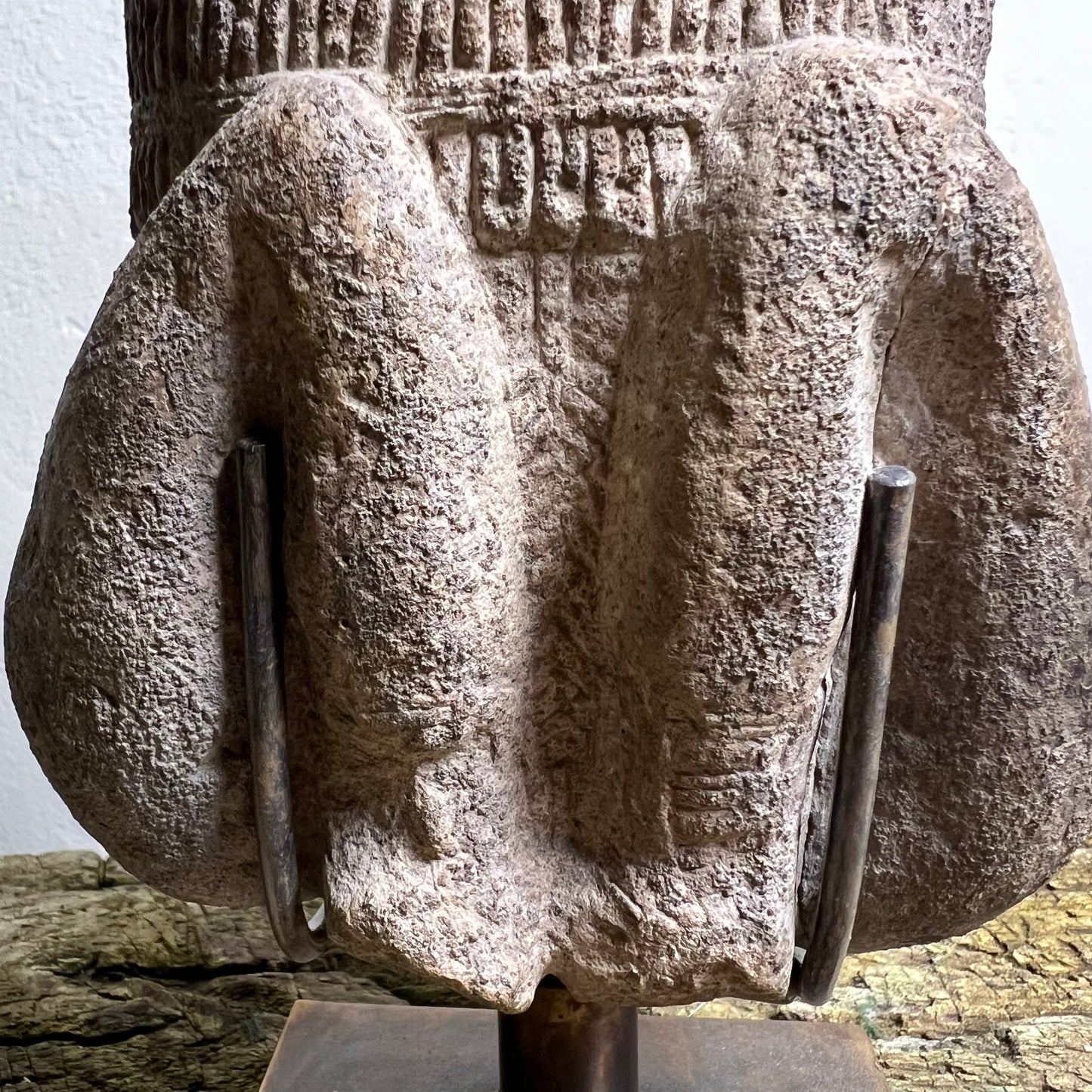Iron Age Seated Stone Warrior 9th-6th Century BC
SKU: WARR01
Couldn't load collection availability
UK Mainland Delivery
UK Mainland Delivery
We offer secure doorstep delivery using our trusted fine art and antique couriers, ensuring your item arrives safely and with care.
At checkout, please select ‘Pick up’ (not ‘Ship’) to complete your purchase.
You can either:
• Proceed with payment and we’ll send a separate link for delivery, or
• Contact us first for a quote, and we’ll send you a custom order link with delivery included.
Placing items in specific locations can be arranged on request — additional costs will apply.
International shipping
International shipping
International delivery, crating, shipping, and insurance can be arranged on request. We’ll provide a quote based on your needs—additional costs will apply and are payable directly to the shipping company.
You’re welcome to use your own shipping agent, or proceed with our recommended agent using the quote we supply. Payment is made directly to the shipping company.
Alternatively, select ‘Pick up’ at checkout to:
• Collect the item yourself
• Use your own shipping agent from our UK showroom
• Or simply complete your purchase
Contact us for a quote
This small yet powerful artefact, primitively carved from stone with, depicts a seated warrior and likely dates to the Iron Age, between the 9th and 6th centuries BCE (900–600 BCE), a period shaped by the influence of the Neo-Assyrian and Neo-Babylonian empires in the Near East.
The figure embodies an evocative blend of martial and agrarian symbolism.
Martial elements, such as the dagger and arrows in the warrior’s belt, represent strength, power, and defence, while the scorpion prominently carved on the chest underscores its protective role, safeguarding both land and people.
Agrarian symbols, including the sheaves of wheat clasped in the warrior’s hand and the goat at its side, highlight themes of fertility, abundance, and the cycles of sustenance essential to agrarian life.
The calm, seated posture, combined with its intentionally primitive carving, further reinforces the enduring connection to the land and ancient spiritual practices.
This combination of symbols reflects the interconnected roles of protection and fertility in ancient societies, illustrating the dual function of the warrior as both guardian and provider.
Originating from the ancient Near East, possibly Syria or Mesopotamia, the artefact demonstrates the symbolic fusion and craftsmanship central to survival and prosperity in early agrarian civilisations.
Likely used in a religious or ritual context, this figure may have served as a votive offering, a protective icon, or a representation of a deity or guardian spirit. Its placement in a temple or sacred space would have been done to ensured the community’s safety and prosperity.
Displayed on a bronze stand. 22cm high without stand.
- Width: 13 cm (5.12″)
- Height: 26 cm (10.24″)
- Depth: 8 cm (3.15″)


